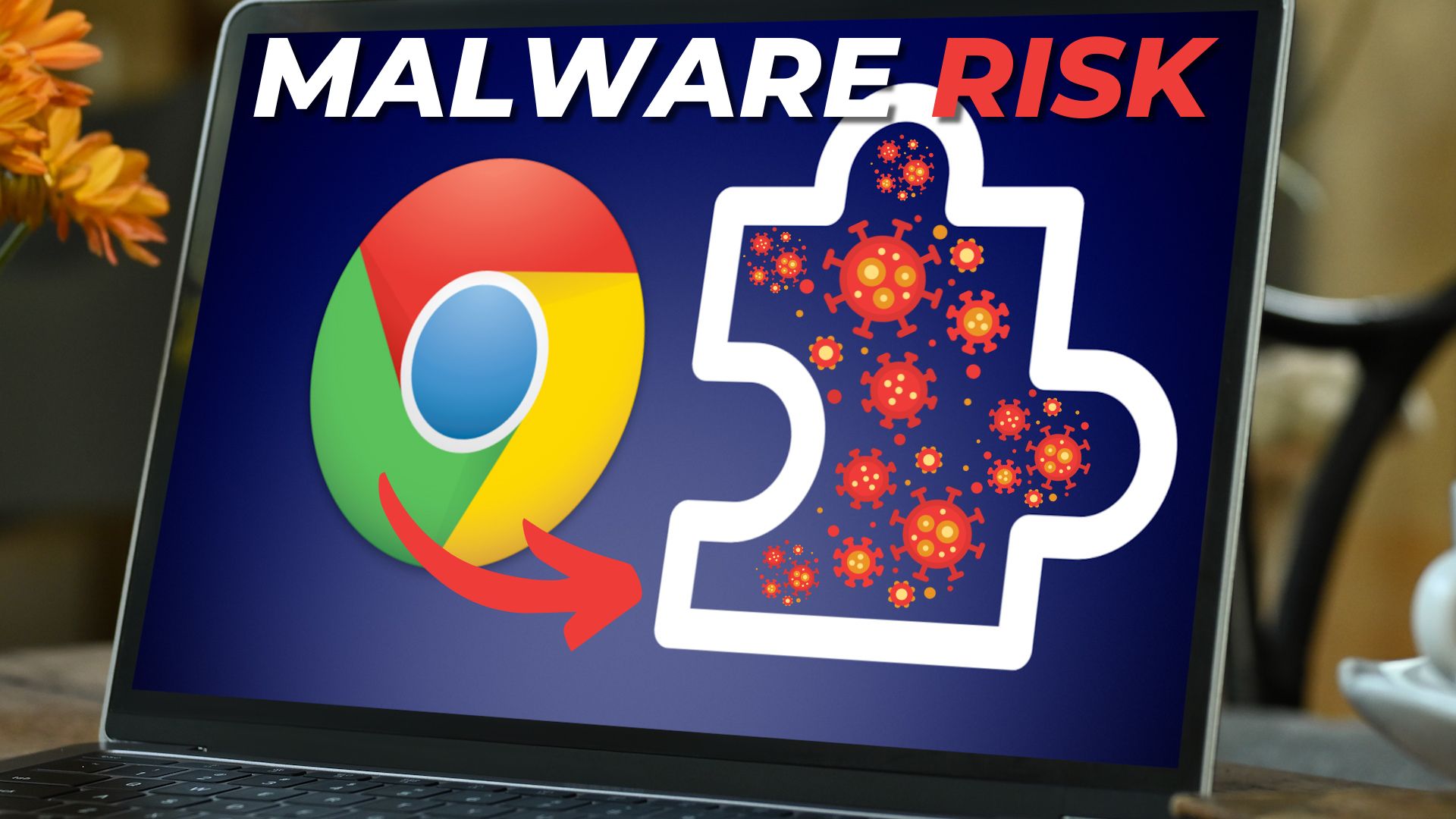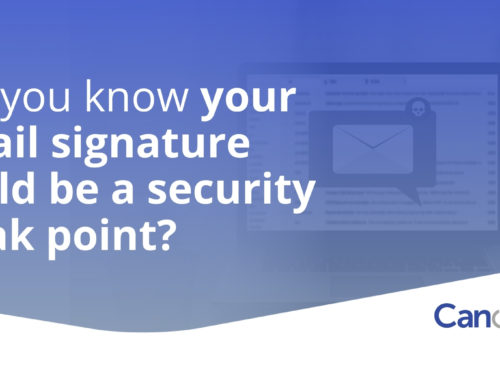Online threats continue to evolve, and one of the fastest-growing risks is “malvertising.” This malicious form of advertising can appear almost anywhere—on social media platforms, popular websites, and even in Google search results.
Two factors make malvertising particularly dangerous today:
- Hackers are using AI to craft more convincing ads.
- The threat is growing rapidly. According to Malwarebytes, malvertising incidents increased by 42% in late 2023.
Understanding how malvertising works and how to protect yourself is critical. This guide explains what malvertising is and offers practical tips to stay safe.
What Is “Malvertising?”
Malvertising is a type of cyberattack that uses online ads to deceive users and carry out malicious activities. Here’s an example:
When the PlayStation 5 was first released, demand far outstripped supply. Cybercriminals exploited this by creating fake ads that appeared in Google search results. These ads mimicked official retailers, but clicking them led users to fraudulent websites designed to steal their login credentials and payment details.
Although platforms like Google work to remove such ads, it’s often a race against time. Malicious ads may remain active for hours—or even days—before they’re detected and removed. And malvertising isn’t limited to Google; it can show up on hacked websites, social media feeds, and more.
Tips for Protecting Yourself from Malicious Online Ads
1. Review URLs Carefully
Pay close attention to the URL in any online ad. Malvertising often uses slight misspellings or minor changes to mimic legitimate sites. If something feels off, it’s best to avoid clicking the link.
2. Visit Websites Directly
The safest approach is to bypass ads entirely. If you’re interested in a deal or promotion, navigate directly to the brand’s official website by typing its address into your browser.
3. Use a DNS Filter
DNS filtering tools add an extra layer of security by blocking dangerous websites. If you accidentally click on a malicious ad, the DNS filter can redirect you to a warning page, keeping your device safe.
4. Do Not Log In After Clicking an Ad
Malicious ads often direct users to fake login pages that look identical to real ones. Cybercriminals use these pages to steal login credentials. Avoid entering your login details on any site you reach through an ad. Instead, open a new browser tab and go to the official website.
5. Don’t Call Phone Numbers in Ads
Some malvertising scams include fake customer service phone numbers. These scams are particularly effective at targeting seniors, who may unknowingly share sensitive information with scammers. Always verify contact information through the official website rather than relying on ad phone numbers.
6. Avoid Downloads from Ads
Promotions offering “free” software, like MS Word or a PC cleaner, are often traps. Clicking on these ads can download malware onto your device. Always download software directly from trusted sources.
7. Warn Others About Suspicious Ads
If you come across a suspicious ad, share your findings with others. Alerting colleagues, friends, or family members can help prevent them from becoming victims. You can also research the ad online—many scams are flagged in forums or news articles.
Improve Your Online Security Today
Is your device equipped with the latest security updates? Do you use anti-malware software or DNS filtering to block harmful websites? If you’re unsure, we can help.
Our cybersecurity experts are ready to assess your needs and recommend affordable solutions to safeguard your online activities. Don’t wait until it’s too late—contact us today to schedule a consultation and boost your online security.
Let’s work together to stay ahead of cybercriminals and protect what matters most.





Leave A Comment